The Lives of the Real Ninja Turtles
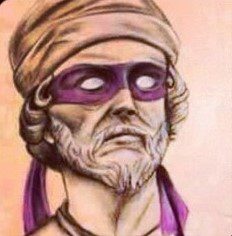
Introducing Donatello: One of the First Renaissance Masters
In the second of our blogs on the infamous Ninja Turtles, we take a look at Donatello, the least well-known of our four Renaissance masters. Much like his Ninja Turtle counterpart, he was a true technical genius. Donatello is the oldest of our 4 companions and despite living until he was 80 (quite an achievement in those days) he would never get to meet the three other artists.
The difficulty in recounting Donatello’s life is that despite the large amount of artwork that he produced, we have very little information left to us about him as a man. This causes us a bit of difficulty. Imagine trying to work out Andy Warhol’s character from his painting of Campbell’s Soup or Steve Job’s taste in music from iTunes. Nevertheless, here we will try to shine a light on the artist to see how his art would change the world and take a look at the man behind it.
Donatello’s real name was Donato di Niccolo di Betto Bardi and he was born in Florence in around 1386. Donatello, meaning little Donato, seems to be a nickname given to him as a child that just stuck with him. He was the son of Niccolo di Betto Bardi, a wool comber in Florence, and it was in these humble beginnings that he first began working with his hands.
He would have had some schooling, like most boys his age did, but luckily his gifts were soon recognised and he was taken under the wing of the wealthy and influential Martelli family. His education improved enormously after this and part of this education was working with a local goldsmith. It was here that he first learned to work and shape metal which started him upon a road that would change the face of art.
Soon after, in 1403, he started an apprenticeship with master sculptor Lorenzo Ghiberti, helping him with many of his works. It was during the apprenticeship that he would meet Filippo Brunelleschi, another artist who inspired emerging Renaissance Masters. Despite Brunelleschi being ten years older than Donatello, the two formed a firm friendship that would last many years as well as a rivalry that would last a lifetime. They particularly bonded over a love of ancient artwork that finally led them to Rome in around 1406.
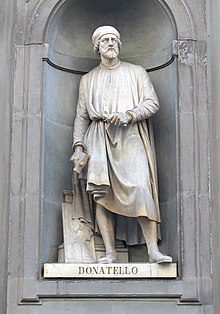
Friendship and Rivalry
The two friends moved to Rome to study classical art and architecture first hand. The idea of excavating ruins now sounds perfectly normal and Rome seems like the ideal place to do it but at the time the two men were somewhat pioneers. Before the enlightenment of the Renaissance, many Romans viewed their history and ruins with distrust and superstition, but mostly they didn’t pay much attention and just got on with their lives.
Ancient monuments were used as quarries and the Roman Forum itself was a pasture where cows grazed. The young artists were naturally treated with distrust and when a rumour started that they found a pouch of ancient coins they quickly earned themselves the reputation as treasure hunters.
They would better be described as early archaeologists and spent long hours in ruins around the city digging up the foundations of ancient buildings and finding many beautiful statues in the process. When he wasn’t digging Donatello was studying the sculptures building up his knowledge until it was said that he knew more about ancient sculpture than anyone else of his generation. It was this hands-on time in Rome that turned Donatello away from the Gothic art of the time and towards a more classical style in his works.
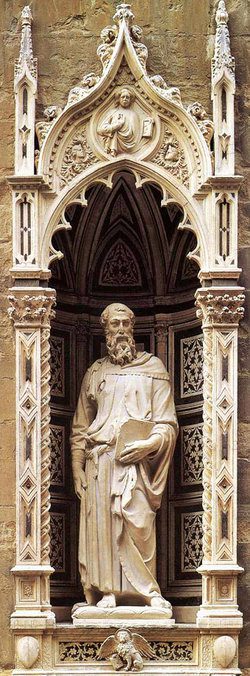
Rejecting Gothic Style
Donatello was soon called back to Florence and in 1408 he was commissioned for his first major solo commission; a statue of David. Though the work itself is undeniably a masterpiece and was critically acclaimed at the time Donatello himself didn’t like it. He’d been forced to carve it in the traditional gothic style and he was done with it, so he soon started developing his style much more centred on realism and dramatic emotion.
He soon gained a reputation for creating figures that were larger-than-life in more classical poses using innovative techniques and the statues of, St. Mark (1413), St. John the Evangelist (1415), and St. George (1417) all clearly show the shift in his style.
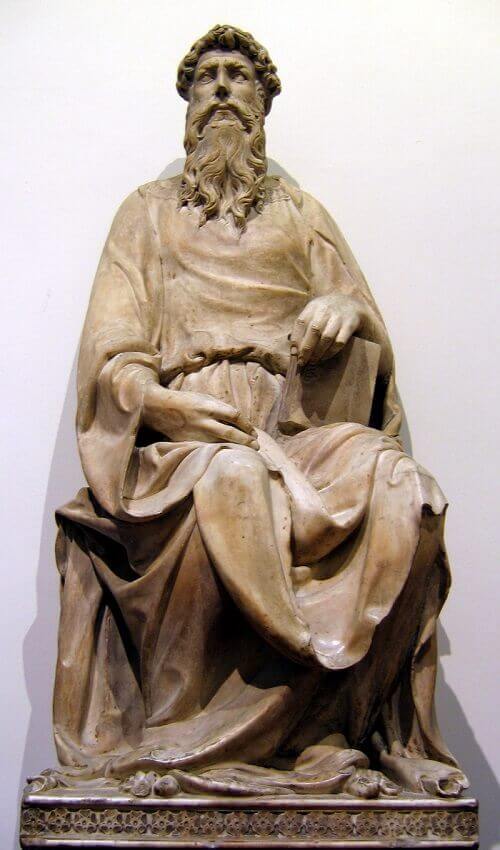
It's All a Matter of Perspective
Over the next few years, he honed his craft and even revolutionized the art of relief sculpting using perspective and shadow to achieve a sense of depth never seen before. It was said that Donatello was a workaholic and would never turn down a commission and his works can now be seen all around Florence and in museums around the world. Many of these commissions were from the Medici family and he became a patron and firm friend to Cosimo De Medici, the head of that family at the time.
It was his understanding of perspective that was truly revolutionary and with that the importance of where a piece is placed. There is a story of an abbey that ordered a statue from Donatello and wanted to place it high above the altar. After he had started sculpting the monks changed their minds and decided to place the statue lower down at eye level.
When the statue was delivered the monks thought it looked terrible, the head and hands were far too large and the body seemed disproportionate. Donatello apologized and begged for a week to fix the problems. The monks agreed, but instead of changing the statue he simply changed its position and put it in its original setting. When the monks saw it they called him a genius for fixing it in just one week but instead it was his understanding of how perspective changes our perception that was his true genius.
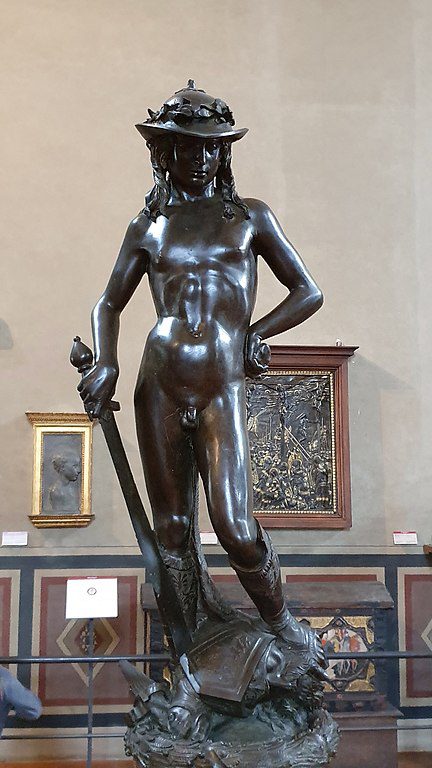
Finding "David" in Bronze
In 1430 Donatello returned to the subject of David but this time in Bronze. Though the finished statue stands at just over 5ft tall (158cm), it was the first known free-standing nude statue made since ancient Rome. Controversy surrounded the sculpture and its depiction of a young boy who is shaped like a young girl. The innovative style, composition and subject continues to be discussed in art circles today, and paved the way for future Renaissance masters to create more freely. The next David we see causing a stir has risen to even more fame and was carved by none other than fellow Ninja Turtle, Michelangelo.
A few years later in 1443 Donatello was called to the city of Padua to make a statue of the famous mercenary Erasmo da Narni. The finished product was the enormous Gattamelata, an equestrian statue of Erasmo in full battle dress, minus a helmet; again the first of its kind since the Romans. These two bronze statues would go on to be his most famous works and completely revolutionized sculpture. They would usher in the rebirth of the classical age that was the Renaissance. The David in particular, which can now be found in Florence’s Bargello museum, and is now considered by many to be the first major work of Renaissance sculpture. It is for this reason that we consider Donatello the first of the Renaissance masters within the Ninja Turtles.
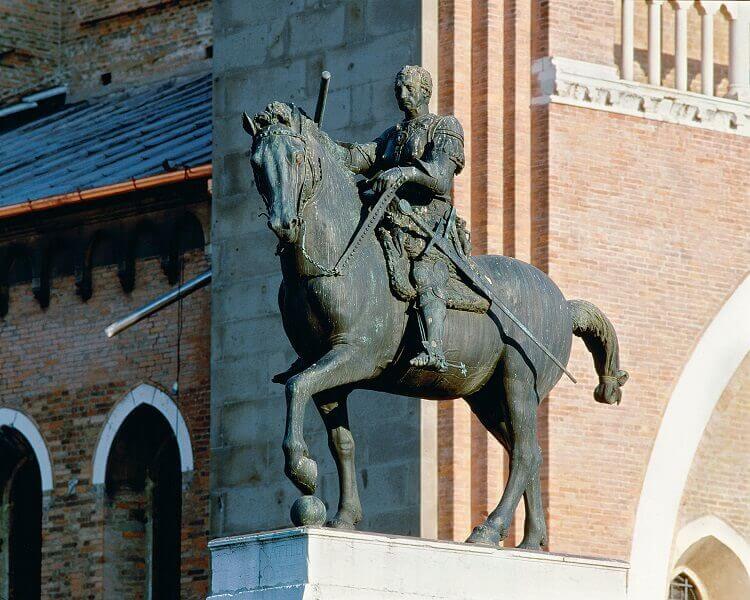
The Death of a Renaissance Master
In 1454 Donatello returned to Florence for the final time and Cosimo de Medici had given Donatello some land on his deathbed which technically made him nobility. Donatello soon found out he hated the responsibility of tending the land and (more importantly) the needs of the peasants. He begged Piero de Medici, Cosimo’s son, to take the land back and Piero agreed to give Donatello a small apartment in piazza del Duomo, in Florence. He would live out the rest of his days there. On December 13, 1466, he passed away from unknown causes and was buried next to his friend Cosimo in the Basilica of San Lorenzo.
While Donatello may not be as much of a household name as his fellow Ninja Turtles, it was his influence that shaped much of the Renaissance movement and even many of his fellow Turtles. It was said that Donatello was quite an argumentative and very proud man who didn’t get along with very many people but he was good friends with many of the great masters and minds of his time. We are lucky that so many of these great minds were in Florence and it was these great men, these Renaissance masters, and particularly Donatello, who would kick start the Renaissance and with it change our understanding of the world.

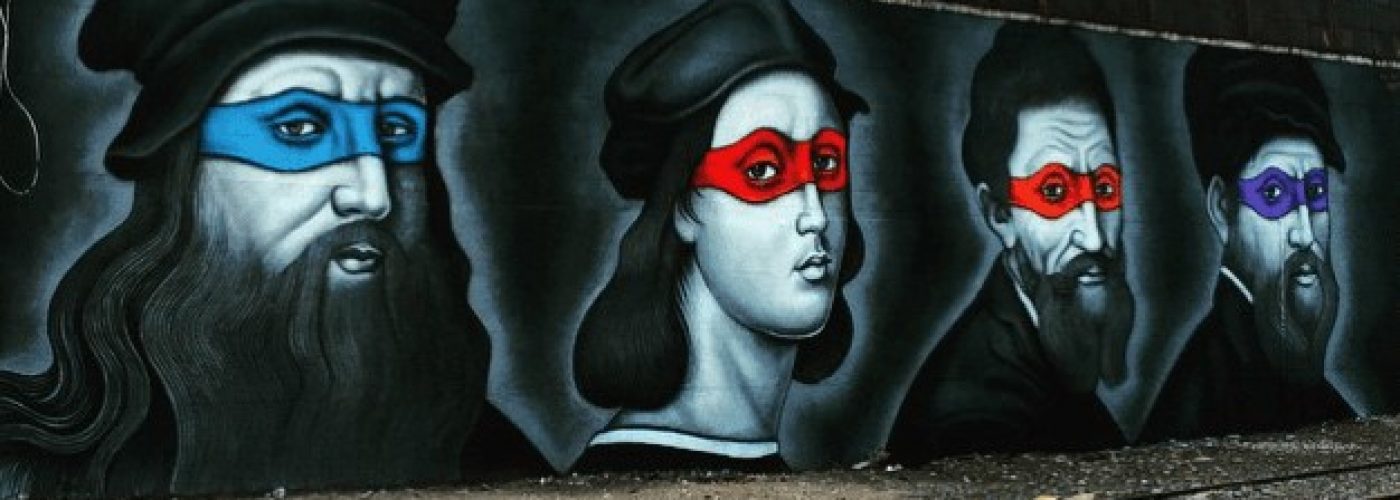
Recent Comments